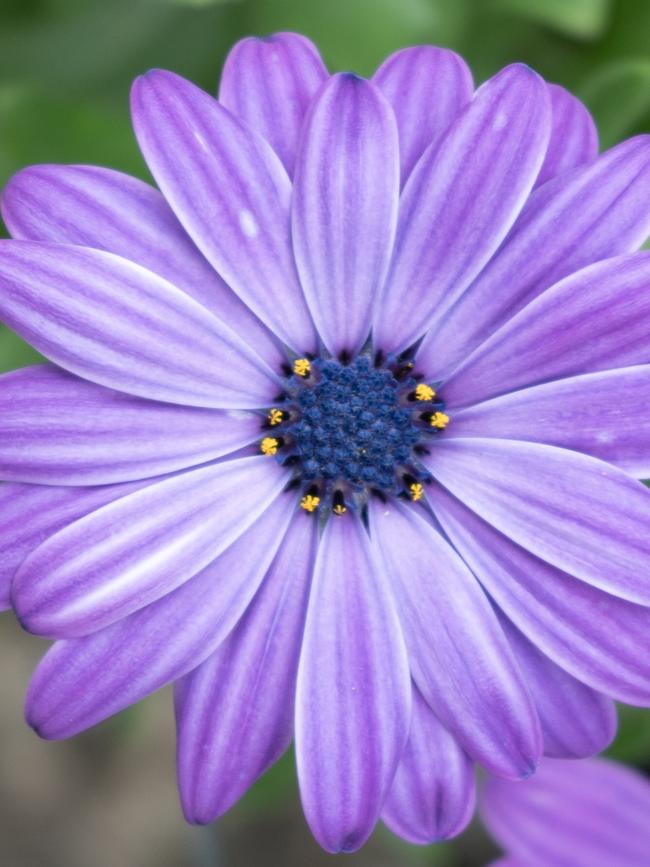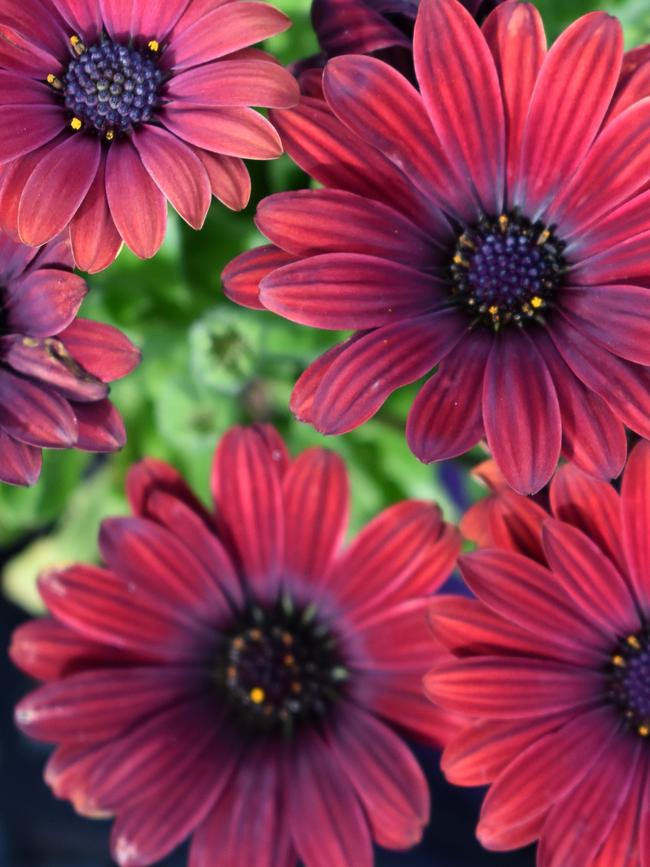It’s crunch time for planting cucumber
Cucumbers, whether for destined for a crunchy salad or for pickling, are a welcome edition to any kitchen garden. So long as you avoid these common pitfalls.

George Stephenson, locomotive visionary of the 19th century, was also a keen gardener who hated bendy cucumbers. To solve the problem, he invented – and patented – long glass tubes that fitted over the young fruit, ensuring that they grew perfectly straight. These days our varieties tend to be straight-growing, but they can curve depending on incomplete pollination, or changes in temperature, soil moisture and humidity. Touching a physical obstruction can also cause elongating fruit to “crook”, as can sap-sucking pests. Cucumbers grow on sprawling vines, so they need support on a trellis or teepee. Grow them from seeds planted directly into rich soil once the soil has warmed. Explore different varieties that you don’t often see at the fruit market, such as the classic favourite ‘Crystal Apple’, a white, rounded cucumber, or ‘Lemon’, ‘Sweet and Striped’, ‘Spacemaster’, ‘Russian Giant’ and ‘Armenian’. For pickling try ‘Mexican Sour Gherkin’ and ‘National Pickling’. It’s best to order only from Australian online seed suppliers, in order to avoid any quarantine restrictions that can apply to overseas suppliers. Cucumbers need plenty of sun, with regular water and fertiliser.
Bang for your buck
Osteospermums, or African daisies, are low, mounding perennials that flower from late winter through to autumn.


They’re tough, drought tolerant and low maintenance, but need sun. The Daisy Chain collection features a wide range of bold colours.


Q&A
I have 18 west coast grass tree seedlings, about 25cm high, in a 50cm pot from seeds sown in late 2022. When is the best time to transplant them into 30cm pots?
Jeff Flanagan, Menangle, NSW
Growing local species suited to your climate is most likely to ensure success. It’s best to grow seedlings in individual, root-training tube pots from soon after germination. They dislike any root disturbance, so handle them very gently; early spring is a great time. Mix half native potting mix with half coarse sand to give them the necessary free drainage. They’ll take 5-10 years to develop a good crown of foliage and 20+ years to develop a trunk.
My mature aloes in pots and the garden appear healthy and grow well but produce few if any flowers. Is there anything I can do?
Bryan Macpherson, by email
The biggest factor is the amount of sun they get; aloes love full sun, all day. Fertiliser will also help performance, particularly one formulated to boost flowering. Some species need the right conditions such as warm temperatures to flower well. Newer, hybrid aloes (sold under the Aloe-Aloe label) cope better with a wider range of climatic conditions and are bred to have larger, more prolific flowers.
Which plants aren’t available in certain states? I tried to order some hellebores but they weren’t able to ship to Western Australia.
Carol Scheer, WA
Plant quarantine regulations differ for each state but Tasmania and Western Australia have the strictest. This is to limit the spread of critical pests and diseases such as fruit fly and myrtle rust, as well as weeds. Plants, bulbs, seeds, fruits and potting mixes can all be restricted. Some growers acquire permits for certain plants and regions but the devil is in the detail. There’s some good information at australianplantsonline.com.au and more detail at interstatequarantine.org.au.
Send your questions to helenyoungtwig@gmail.com The best question for September wins Fiskars’ large PowerGear X Bypass Lopper, worth $145; fiskars.com.au. August’s winner is Mark Warren of Perth for his question about bees and mealybugs
More Coverage








To join the conversation, please log in. Don't have an account? Register
Join the conversation, you are commenting as Logout